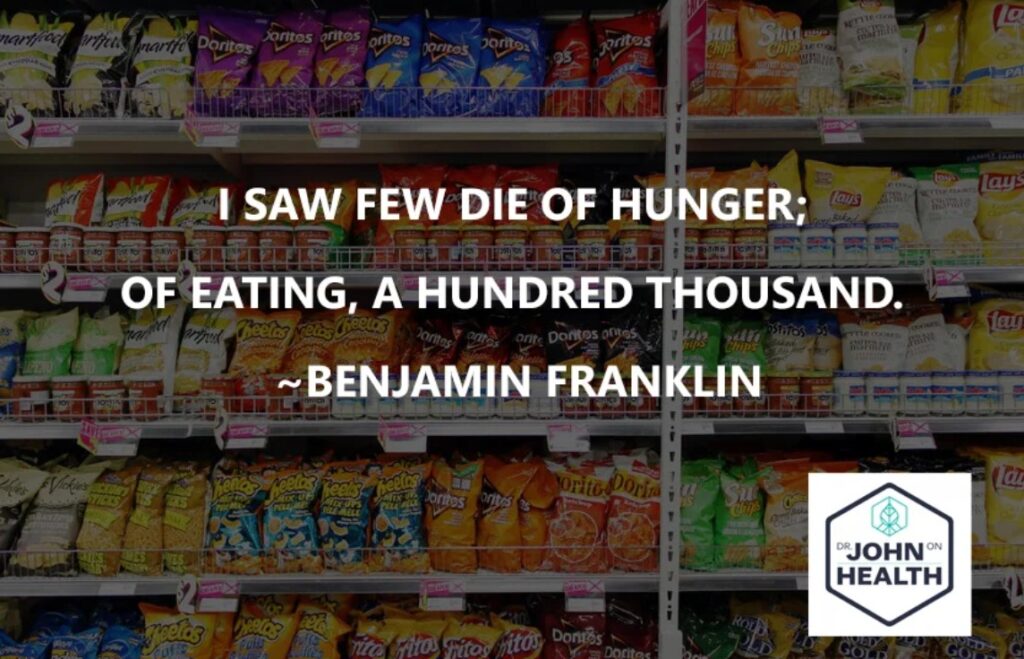According to the CDC, self-checking of blood sugar helps the management of diabetes as you’ll be able to see what makes your numbers go up or down, such as eating different foods, taking your medicine, or being physically active. At the same time, CDC also says that numbers are just numbers and advises patients to think of them instead as information. Watch this short video or read below to learn more.
According to the American Academy of Family Physicians: Self-monitoring of blood glucose (SMBG) is an integral part of patient self-management. However, daily glucose testing has no benefit in patients with type 2 diabetes mellitus who are not on insulin or medications associated with hypoglycemia, and small, but significant, patient harms are associated with daily glucose testing. SMBG should be reserved for patients during the titration of their medication doses or during periods of changes in patient’s diet and exercise routines.
According to The American Diabetes Association, the objective of self-monitoring is to adjust dietary intake, physical activity, and insulin doses to improve glycemic control on a daily basis. However, analysis of data from a national survey showed little correlation between self-monitoring of glucose and glycemic control.
Endocrinologists recommend continuous glucose monitors if it is covered by insurance and ask them to scan at least 4 times a day ( before meals and at bedtime ) and if possible 6 times a day- before and after every meal.
In short, endocrinologists, medical doctors, diabetes educators, and the American Diabetes Association all appear to be trapped in a belief system of equating glucose control to mean control of Type 2 diabetes. On the one hand, patients feel empowered because they can see the numbers and even change medication doses. On the other hand, they blame themselves, for no fault of theirs, I might add, when they suffer complications of Type 2 diabetes. This attitude will not change until each patient starts asking questions such as why am I given insulin I am resistant to? What causes resistance to insulin, one of fifty hormones in my body? Where is the scientific proof?
It is proven that diabetic complications can be avoided by controlling blood glucose levels with dietary modifications and exercise. It is time that patients with Type 2 diabetes take charge of their own health.

Don’t let Type 2 diabetes or pre-diabetes control your life – start a delicious new journey to a healthier, happier you today!
Discover how you can live a diabetes-free life with Dr. John’s groundbreaking cookbook and exercise guide. With over 80 appetizing low-carb recipes created by Chef Colleen Cackowski, you’ll never miss the high-carb, high-sugar foods of your past. Every recipe nourishes your body and keeps your blood sugar levels in check so you can enjoy tasty, satisfying meals. Dr. John also offers 12 easy-to-do exercises to boost your flexibility and balance and keep you healthy as you age.
Testimonials:
Filled with tons of easy-to-make meals and encourages enjoyable meal planning for moms like me. I highly recommend this book to diabetics and families trying to live and eat healthily. —Maria Chalissery, M.Sc., Diet Technician
If you are looking for ways to improve your health and add more zing to your meals, these recipes are exactly what you need. —Jyoti Veeramoney, Chef, Certified Yoga Instructor
These exercises are great because they focus on dynamic movement that improves joint range of motion and flexibility. They require no equipment, build core strength and stabilization, and incorporate movements that can correct posture, which can decrease the risk of falling. —Sophia LaValle, NASM Certified Personal Trainer
Available Fall 2023 on Amazon
See Dr. John’s books on Amazon


